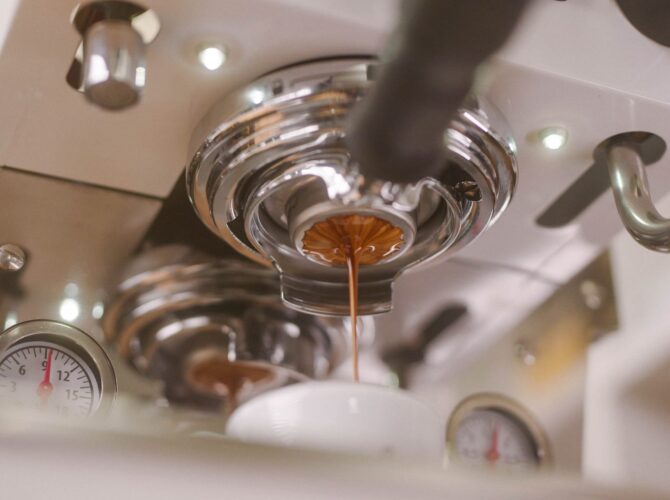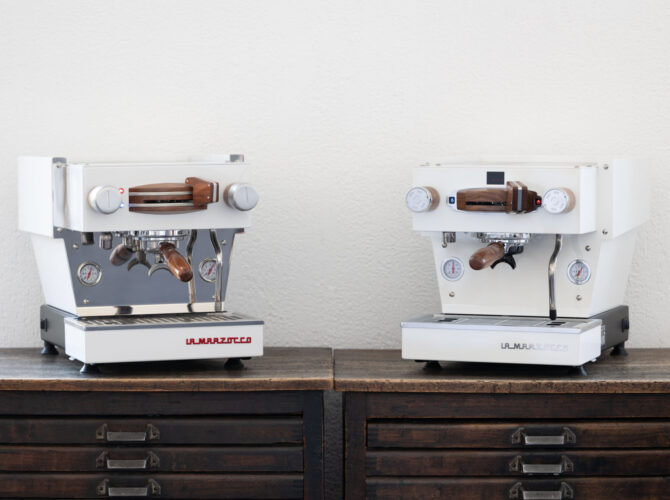Grinding coffee for espresso is much more than just making it smaller. From ancient stone mills to the precision required for modern espresso, grinding isn’t merely a necessary step; it’s central to delicious extraction. While there are many styles of grinders and pre-ground options that exist, understanding the intricacies of grind size is crucial to finding a grinder to pair with your espresso machine. This post explores the balance between coarse and fine.
a unique grind size for espresso
Beyond the amazing smell of ground coffee, most of us may not have put much thought into the grinding of coffee itself. That is, until we started brewing espresso. In becoming a barista, we quickly find out that we can’t make espresso without first breaking down the coffee enough for all the delicious flavors and oils to be extracted. If the espresso is brewed too quickly or slowly the taste is off and on a micro level, it’s because of each little coffee ground’s surface area.
Espresso requires an exceptionally fine grind, much finer than what is typically used for other brewing methods. We also need to have precise control over the steady grind to pull consistent shots as corrections to the grind will need to be made. Professional baristas will sometimes make many micro-changes to the grind size during a cafe shift to keep the espresso looking good. Learning about different coffee origins, bean varieties, and roast levels can be a rewarding journey, and a quality grinder is an essential tool for this pursuit. Dialing in coffee starts with understanding how extraction works. At La Marzocco we often like to compare grind size with rocks and sand to help visualize what we are trying to achieve.
coarse grind: mellow subtlety
Coarse grinds are similar to rocks and allow water to pass through quickly. The faster water moves through the coffee the less dissolved solids we get in our final cup. With the pressure introduced by espresso machines, a large grind size can make for watery coffee. If our espresso fills a shot glass in less than 10 seconds, our grounds are rocks and should be made smaller. To slow down the extraction, turn the grinder adjustment collar towards a lower number.

fine grind: bold intensity
Fine grinds are more comparable to sand and slow down the flow rate producing a rich extraction. A small and uniform grind size is what we are after. The slower water moves through the coffee the higher in concentration the dissolved solids will be in the final cup. But, if our espresso fills a shot glass in 50-60 seconds, our grinds are too fine and should be made larger. To speed up the extraction, turn the grinder adjustment collar towards a higher number.

The finer we go with our grind size the denser and more striking our espresso will become. Whereas when we go coarse with our grind size the espresso will be softer and have more clarity. Everyone looks to celebrate different flavors or characteristics of the coffee they are brewing. In this context, the grind size becomes a meticulous and highly customized parameter. Whether it’s a fruity single origin or a bold blend, grind size is a key element in showcasing what makes each coffee and roasting style so exceptional.



